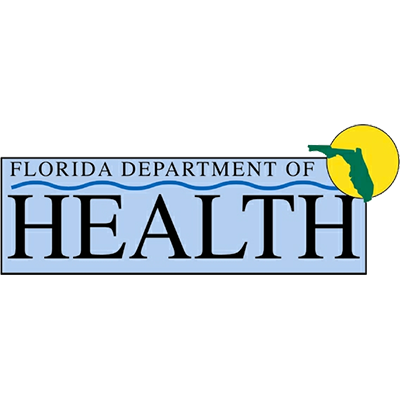Recently I wrote an article that touched on some of the demonizations that happen to people with substance use disorder. We all carry all different types of stereotypes, and anyone who went to school during the DARE time period or before will likely have some bad images spring to mind when heroin addiction or alcoholism comes up in conversation. I write for one of the best drug rehabs in Florida, and many people object to a treatment center being near them. People with addictions exist everywhere, and only good treatment centers will reduce the number of sick people, but people have strong feelings associated with their biases. DARE was a school program in the 1990s that tried to keep kids from trying drugs, but the police officers who led the discussions were sometimes happy to scare kids away from drugs by telling them what horrible people drug addicts turn into. DARE, and programs like it, are a discussion for another day. Regardless, it is not helpful for people who work with people with substance use disorder to have preconceived notions about who those people are. Both alcoholism and the opioid epidemic have affected the lives of millions, and substance use disorder now affects virtually everyone, whether it is a family member or friend who is struggling or the person themselves.
I have also written in the past about how all primary care providers must be trained on how to deal with addiction diseases. Dental school students are now starting to be trained on how and when to refer people to substance abuse treatment, and medical students are getting more hours dedicated to addiction disease than ever before. On that last point, I recently came across a study from a group that is connecting medical students with their communities and with substance use disorder treatment approaches by having first-year medical school students visit and complete work on a needle exchange program in their area. According to the Oxford Wiley-Blackwell Journal article that I found, “There is a paucity of medical student education that uses teaching models that increase awareness of this highly stigmatized population and address the complexities of addictive behaviors and treatment.”
They may have said it better than I did. People with substance use disorder are a highly stigmatized group, and that includes people that think they themselves are bad people because they struggle with addiction. These stigmas are not limited to thoughts about others, so stigma about addiction disease can have devastating effects on a person’s self-worth. The study I looked at sent hundreds of first-year medical students to needle exchanges. Not only did the students have an assignment to describe the needle exchange and describe the harm reduction techniques being used there, but they were also instructed to discuss their own biases and stigmas towards addiction. For those who do not know, harm reduction is the term we use for things like needle exchanges and HIV testing. If you cannot immediately make all addiction go away, then an important step is to reduce the harm that people will cause themselves and others in the time they are actively using drugs and alcohol. Needle exchanges reduce the number of serious infections that begin with one addict and can spread to others from the use of needles, and they also provide enough needles that people do not need to share needles. Sharing needles puts all parties involved at risk of HIV, Hepatitis C, and other deadly illnesses.
Next, I will list the goals of the assignment that the students completed,
“The student objectives included: (i) to recognize a personal internal response to patients with opiate addiction; (ii) to describe the harm reduction model; (iii) to describe the social stigma of substance abuse; (iv) to describe the ‘readiness to change’ model, and (v) to identify the complexities of treating individuals with opiate addiction.”
These techniques seem to be right on the money when it comes to addressing stigmas. I can imagine how much easier things would be at the best drug rehabs in Florida and around the country if some of the strong negative stigmas were removed from addiction in general. Teaching a generation of medical students a different way of thinking about substance use disorder, and putting a face to addiction disease for these students, seems like it could be incredibly valuable. The study I looked at seems perfect when it came to the time that the students spent at the needle exchange, and the study itself noted that if more studies are done in the future, the students should be interviewed before and after about their personal thoughts and feelings towards addicts and addiction.
By T.A. Cannon (Contact me at TACannonWriting@gmail.com)
References
TRINGALE, R.; REILLY, J. M. Putting a face to opiate addiction for students at a needle exchange programme. Medical education, [s. l.], v. 51, n. 5, p. 538–539, 2017. DOI 10.1111/medu.13318. Disponível em: http://search.ebscohost.com/login.aspx?direct=true&db=mnh&AN=28394056&authtype=geo&geocustid=s8475741&site=ehost-live&scope=site. Acesso em: 11 nov. 2020.



